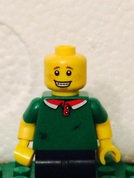 I have seen lots of people using Lego recently in lessons as story starters, in fact, we had Lego at one of our conferences and they will be delivering a workshop at our Lincoln Conference in March. I like the story starter packs and I have been trying to get my hands on some but the school budget won't allow it. I was playing with my little boy and his (our) Lego recently and wondering how else it could be used rather than just as creating settings to enact stories in. I thought about which lessons are often most boring; often but not always are those grammar lessons where you need to introduce a new concept. I have been thinking about which concepts Lego could be particularly useful for and thought of prepositions. A friend of mine taught a lesson recently in which she asked a single child to sit on a chair, stand behind a chair etc to introduce the term preposition. One child was pretty much active at a time and this was a problem, yes all children could take part at once and you could play some games like Simon Says. If we were to use characters sitting on and standing behind something then we would have prepositions in context of a narrative. This is where the Lego figures come in. They are not cheap to buy new but can be picked up cheaply on eBay. So this is what I thought lets get some Lego figures and additional props and then see if children can come up with their own prepositions once the concept had been explained. Below you can see in, on and behind. In, on and behind can be developed into clauses. in the house, on the ice and behind the robber. The children can develop these into sentences. The boy was in the house. The girl was on the ice. The policeman was behind the robber. Below (that is a preposition too) we have 3 more Near to the car, between the fences and infront of the barrier. We can perhaps develop these into a short narrative that the children can come up with themselves. For example; The police man spotted someone looking suspicious near to the car. He ran infront of the barrier and between the fences to catch up with him. Fantasy Lego characters can be great for this too. We have the Wizard is on the bridge or crossing the bridge. The Wizard is above the Orc or the Orc is below the wizard. The Wizard is under the bridge. These can become a narrative in the Fantasy or Legend style like this: The old wizard strolled ACROSS his drawbridge towards the castle when he spotted an Orc in the moat BELOW him. He cast a spell, jupmed down into the moat and slayed the terrible creature. He waited UNDER the bridge to check that no more Orcs came. This could be developed by use of description, changing the order of the clauses and the preposition etc. One game you could play with a single Lego man between two people is a variation on battleships. One player using just a cube and a lego man creates a scene. e.g. Man behind the cube, on the cube, under the cube etc. Player B guesses the preposition child A creates aiming to guess it in under 5 goes to get a point. Swap and repeat. The possibilities are endless, but dependent on the Lego that is available. Perhaps you could ask children to bring in their Lego people but look after them very carefully. Please come back to see some more LEGO Grammar soon. Appreciate comments, even if they point out spelling and grammar errors (sorry I dashed this one off quickly) If you would like to respond in private [email protected] Cheers Rob
21 Comments
Esther
20/1/2015 12:39:31 pm
I love lego. Along with post it notes I think it is my most used teaching tool. Just thinking about grammar and punctuation we used the minifigures for learning about nouns, verbs and adjectives - very simply naming clothing and items they held, putting then in action positions for verbs and describing their appearance and personality for adj. They were also useful for commas in a list and past tense. Looking forward to getting more ideas. :-)
Reply
Talitha
20/1/2015 12:40:09 pm
I always thought LEGO could be used in grammar. I have used it in a PowerPoint to show that different word types are like blocks of LEGO that you put together to make a sentence wall. You could use a sharpie to write actual word types on the LEGO.
Reply
Rob
20/1/2015 12:41:55 pm
Some great ideas, I will have a go at some of your ideas and perhaps post the results
Reply
Awesome idea. Just ordered £400 worth of story starter kits. Lucky us! Don't underestimate the power of stop frame animation as well - storyboards/ comic strips/i-movie/persuasive writing. Will keep you posted.
Reply
Nick
28/1/2015 05:04:38 am
Lego has arrived. What time shall we expect you to play?! 20/1/2015 03:02:40 pm
Don't forget that prepositions of place are only one group.
Reply
I have some Duplo (larger bricks ) and used a permanent pen to mark individual letters and also digraphs, blends etc along the flat side of the bricks. The children literally build words, and eventually sentences... It took a while to write the first 200 words - but it was worth it... 4 years later these are still being played with on a daily basis in another classroom.
Reply
bobettes the ghioiyrl
4/5/2015 05:05:31 pm
bobettes the ghyioiyrl
Reply
Hiral
15/7/2015 08:13:41 am
Reply
17/6/2024 11:17:41 am
Your appreciation means a lot! It's like putting together a puzzle—finding the perfect word is like finding that missing piece that completes the picture of your writing. Keep practicing, and you'll definitely see progress!
Reply
Leave a Reply. |
Archives
July 2020
Categories
All
|
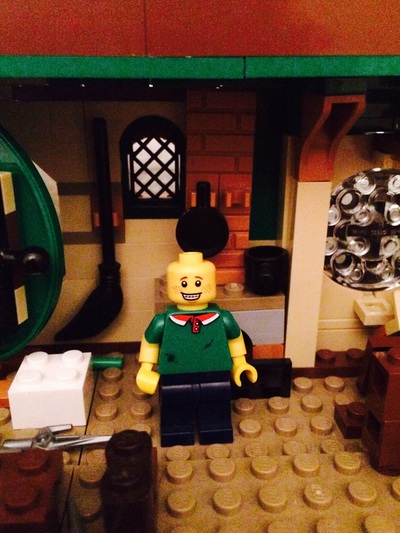
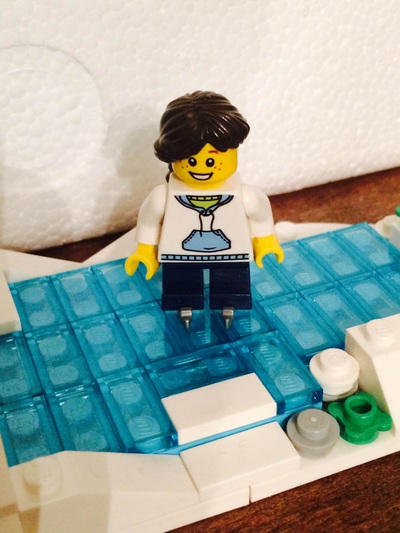
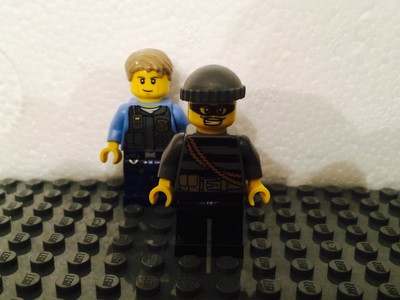
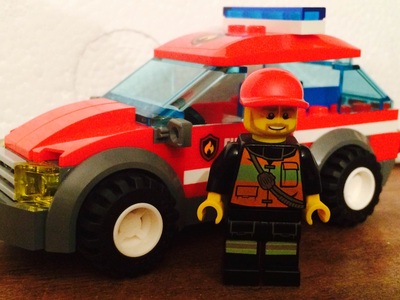
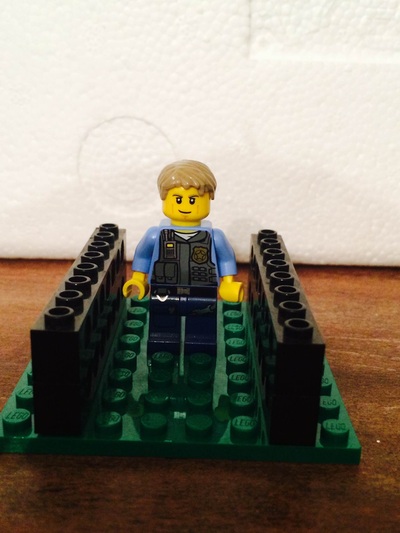
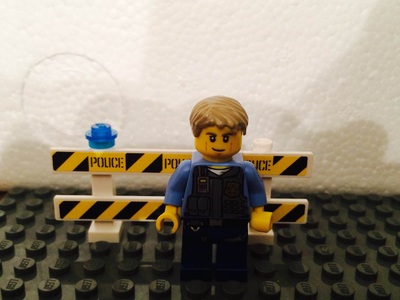
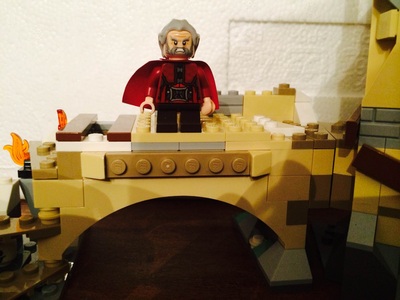
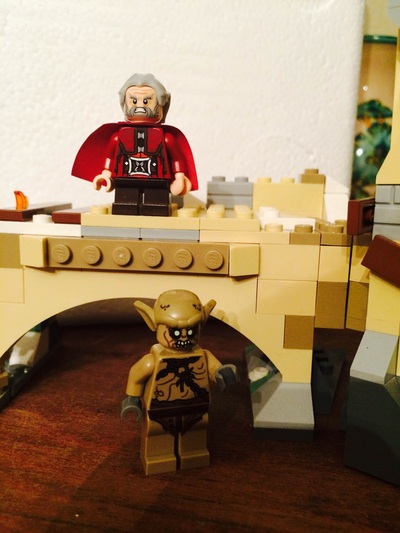
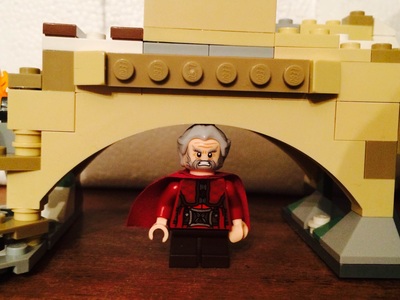
 RSS Feed
RSS Feed
